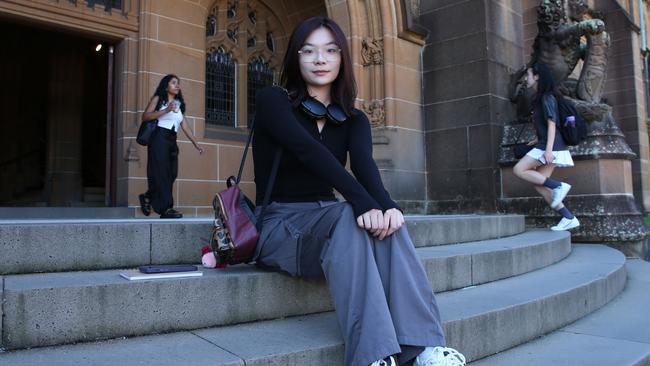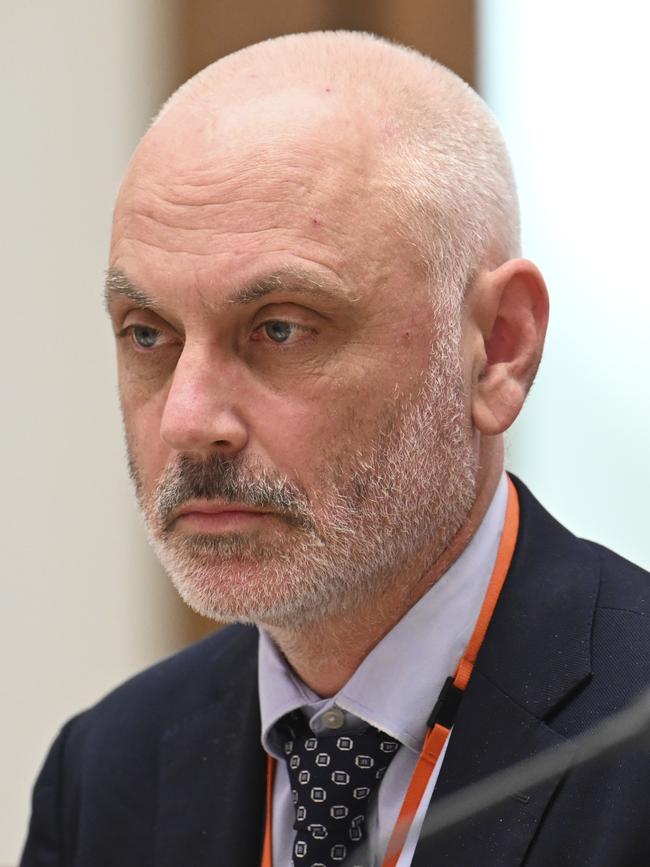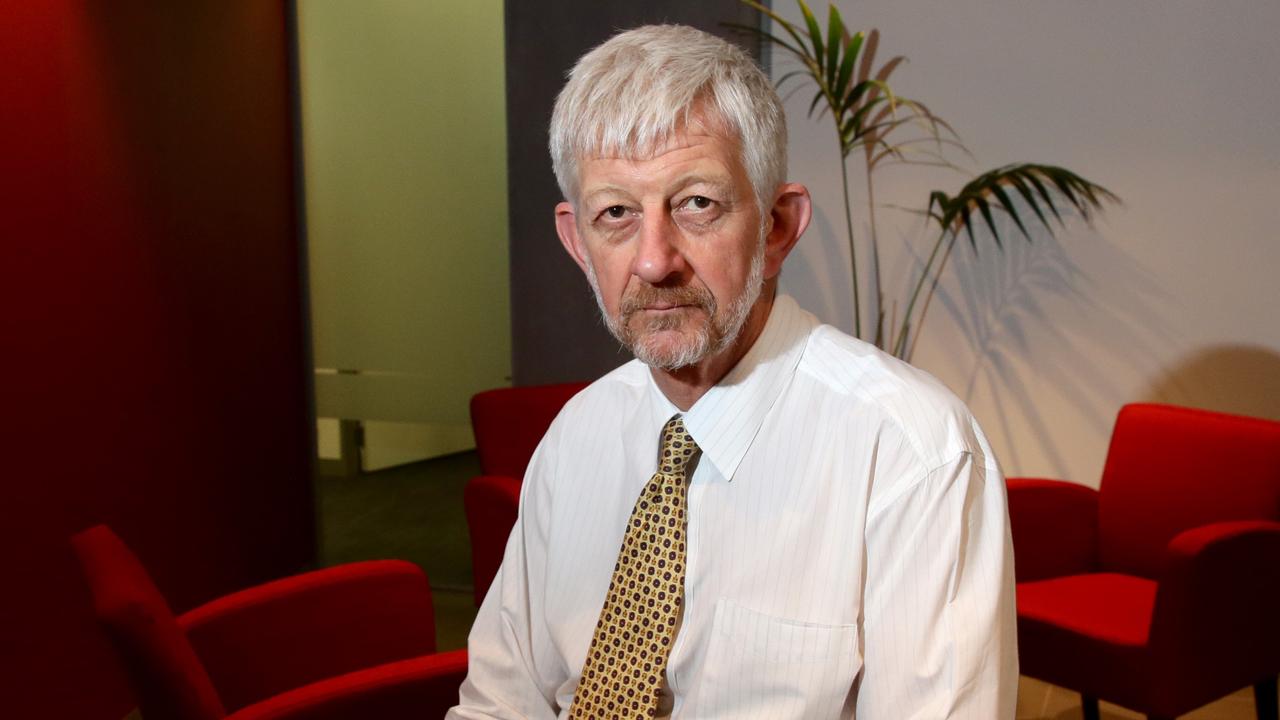Go8, private and VET providers hit by international student caps
Figures reveal for the first time a complete picture of how many international students each higher education institution is estimated to be allocated | SEE EVERY INSTITUTION’S CAP

The nation’s top research universities and private and vocational providers have been hit hardest by Labor’s push to slash international student numbers, with regional institutions coming out on top in the carve-up of foreign student allocations.
Under the Albanese government’s bid to limit international student numbers to 270,000 next year to bring down net migration and ease pressure on the housing market, vocational education and training providers will have their numbers cut by 32 per cent from their 2023 intake.
As Education Minister Jason Clare ploughs ahead with the government’s plan to implement the caps ahead of the start of the academic year, data tabled in the Senate shows that private universities and non-university higher education providers will have their number cut by 26 per cent overall compared with this year.
Figures revealing for the first time a complete picture of how many international students each higher education institution is estimated to be allocated next year show the Group of Eight universities will have their allocations slashed to 57,950 students, or by 28 per cent from this year. This comes after the group of elite universities enrolled 80,673 overseas students this year and 59,084 last year, the government figures show.
Go8 deputy chief executive Matthew Brown said the student caps were “fundamentally flawed and a disaster for our international reputation”, warning that a cut of this magnitude would reduce revenue by about $1bn a year and cost 24,700 jobs.
“Targeting our top research-intensive universities won’t address the housing crisis or migration goals, nor will it lead to the redistribution of international students to regional universities,” he said.
“It will hit the economy hard, inflict irreparable damage on our $50bn international export sector, lead to job losses and risk tipping Australia into recession in 2025.
“Based on figures released by the Department of Education there will be a cut of 22,700 or 28 per cent to Go8 numbers, the ramifications for the higher education sector and the economy are massive.”

The data also laid bare the government’s efforts to boost international student enrolments outside major cities to free up housing supply, with the Regional Universities Network allocated 76 per cent more places than this year.
Every regional university was granted a higher cap than its level of 2024 commencements with Charles Sturt University receiving a cap of 1000 students after it enrolled only 343 students in 2024, marking an 192 per cent increase. The University of Southern Queensland will also see their caps increase to 1000 after it hosted 365 overseas students this year, an increase of 174 per cent if they fill the cap.
RUN executive director Alec Webb said regional universities had been affected disproportionately by Ministerial Direction 107, which ordered bureaucrats to prioritise student visa applications from providers deemed to be low risk. This led to a ballooning of the Go8’s overseas student numbers while other universities and VET and regional providers experienced declines. “The Regional University Network certainly appreciates the focus from the government on regional universities,” Mr Webb said.
“And while there does appear to be growth in our cap allocations in 2025, these need to be taken in the broader context of what has happened to regional universities since Covid.”
The government also publicly released the foreign student allocations for next year for private universities and non-university higher education providers, including Bond University, Torrens University and legal colleges Leo Cussen Institute and the College of Law. The sector has had its allocation cut by 26 per cent compared with this year’s numbers.
A Bond University spokesman said the provider appeared to have been “treated differently solely because of our private status”.
“We remain hopeful the minister will reconsider the allocation of the caps so that Bond University has the same formula applied as our peers, thereby creating a level playing field,” he said.
The data also unveiled the estimated allocations for 957 VET providers including TAFEs and private training organisations, with the caps for next year signifying a 9 per cent increase for the sector as a whole. However, next year’s allocation will see enrolments fall 32 per cent from 2023 overseas student numbers.
Independent Tertiary Education Council Australia chief executive Troy Williams said the caps were the equivalent of “shutting the doors” to overseas students who wanted to come to Australia, endangering the hundreds of jobs in the sector.
“The Australian government’s approach to international education will be remembered for destroying jobs of hardworking Australians and tarnishing our reputation overseas as a welcoming destination for international students,” he said.
Mr Clare was contacted for comment.






To join the conversation, please log in. Don't have an account? Register
Join the conversation, you are commenting as Logout